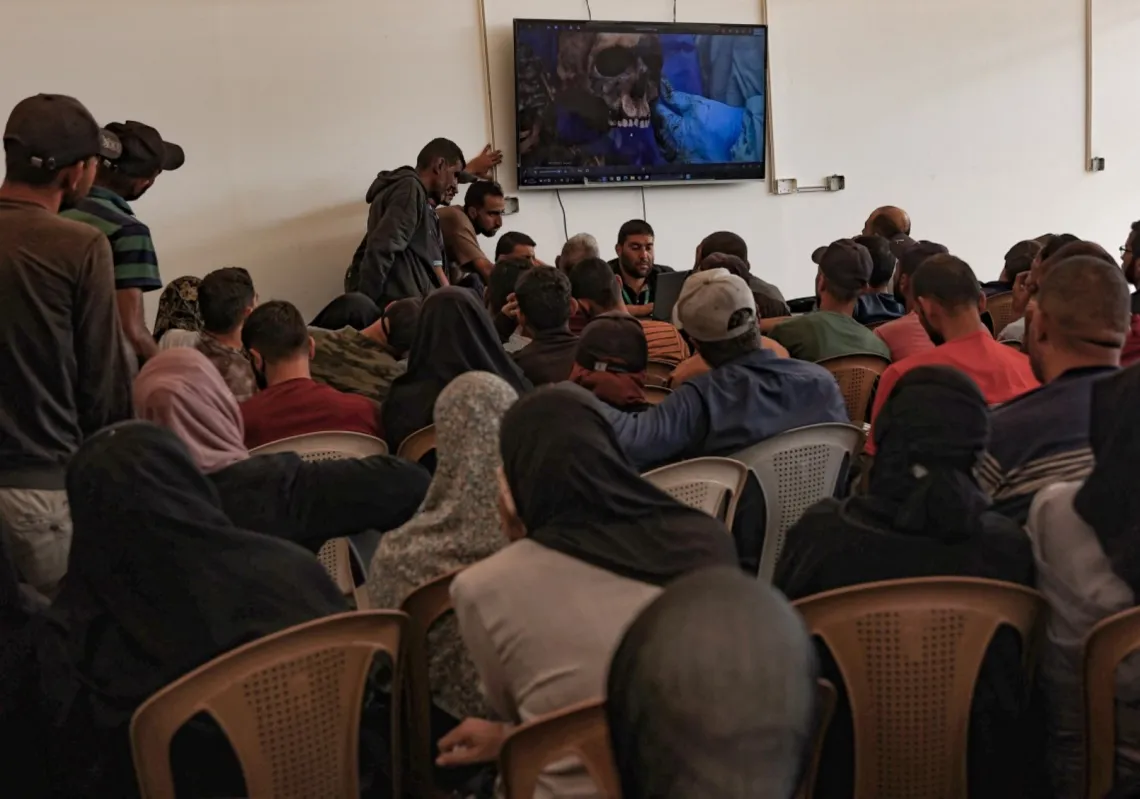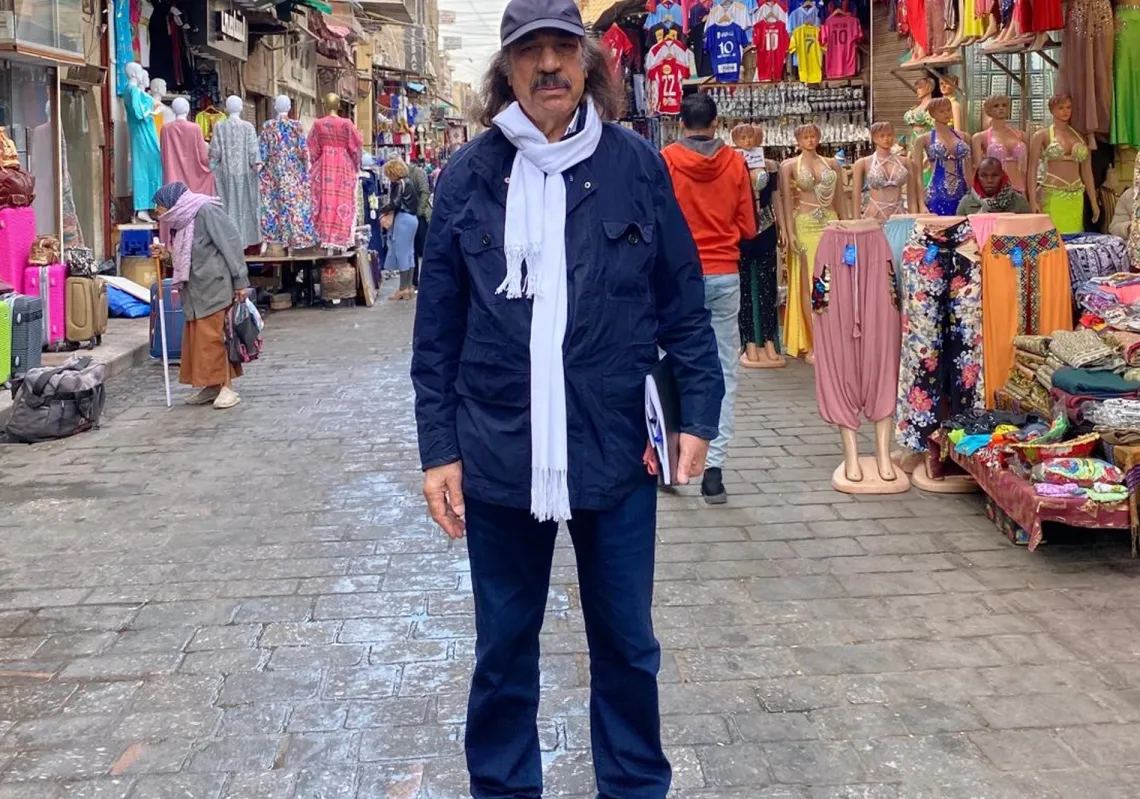Shortly after Iran’s 1979 revolution ousted the pro-Western Shah of Iran, the new revolutionary government proclaimed a new dawn in Iran’s commercial relations with the outside world: trade flows would move away from the Western world and toward fellow Muslim states and members of the “oppressed” Third World. No longer would Iran be “dependent” on Western financing, expertise, or technology, but would chart a path of import substitution, indigenous production, and a trade policy that favoured the eastern and third world states.
Of course, as with many promises of revolutionary zealots, reality often trumps ideology, and Iran’s experiment with a trade policy of third world solidarity never managed to gain serious traction beyond the sloganeering of political elites. True, cheap, manufactured goods of low quality poured in from the developing world, but the Iranian consumer - sophisticated, modern, and discerning - rejected this politicization of trade, and showed little desire to forsake quality appliances or clothing for the sake third world solidarity.
As for the new Iranian captains of industry and petroleum, they, too, saw little way around the superior technology of Western firms, and quietly placed their orders in Paris, London, New York, and Houston. Despite revolutionary accusations that the Shah and his elite were “Westoxified”, the new Islamic Republic business and industrial elite demonstrated a clear preference for Western products.
This remains so today. While the United States has sanctioned itself out of the Iranian market, the European Union certainly has not. Today, the EU accounts for one-quarter of all of Iran’s trade, and four of Iran’s top six foreign investors from the 2000-2008 period are EU countries: France, Germany, Italy, and the United Kingdom.
While Iran remains ready to continue its steady flow of trade and investment with Europe, the EU is more wary. The ongoing standoff over Iran’s nuclear program, President Mahmoud Ahmadinejad’s incendiary rhetoric, and US efforts to persuade European financial institutions to avoid conducting business with Iran, has had a detrimental effect. Major European oil companies like Total and BP have pulled out of Iranian projects. European state export credit agencies rarely do business with Iran anymore, and European banks simply avoid most Iran transactions. While EU-Iran trade is not nearing a collapse, the medium-term trends indicate a slowdown.
In one high-profile instance recently, former German chancellor Gerhard Schroeder, received a stern note from Germany’s finance minister asking him to discontinue his lobbying on behalf of German companies doing business in Iran. Recently, the United Kingdom’s Treasury Department listed Iran’s most significant shipping company, Islamic Republic of Iran Shipping Lines (IRISL), as a sanctioned entity, preventing all British banks from doing business with the major shipper.
As European states slow down their commercial interaction with Iran, Tehran is increasingly looking eastward. To some extent, they are already there. A look at Iran’s current trade portfolio suggests that it has indeed fulfilled one part of its revolutionary promise: building an eastern web of trade partners. China soars atop Iran’s eastern trade strategy, accounting for some 15% of all Iran’s trade, followed shortly thereafter by Japan with nearly 10%, and South Korea with 6%. So, in essence, the China-Japan-South Korea triangle trumps the EU as Iran’s major trading partner. Numbers five through ten in Iran’s trade portfolio are Turkey, the UAE, South Africa, Russia, India, and Brazil - a who’s who of emerging markets.
When it comes to crude oil sales, Iran’s eastern focus becomes more evident. The top four buyers of Iranian crude are China, Japan, India, and South Korea. This is partly due to the nature of oil markets today, with rising demand in Asia, and partly due to simple maritime geography and Persian Gulf-Asia shipping routes, but this eastward focus will likely become more pronounced as China has emerged as the major investor in new Iranian upstream projects.
Meanwhile, Dubai continues to play an outsized role in the world of Iranian commerce. The Persian Gulf city-state has become the most significant re-export location for goods from around the world flowing into Iran, and a magnet for Iranian capital looking for investment opportunities. From historic businesses engaged in legitimate trade to companies linked to Iran’s military apparatus seeking to acquire goods on US sanctions lists, Dubai has become a part of Iran’s commercial lungs. A full ten percent of all of Iran’s imports come from Dubai.
In a world in which the EU has demonstrated a new wariness in expanding trade and investment ties with Iran, we can expect to see Russia, China, and Asian states filling those gaps. Ironically, as the Administration of President Barack Obama calls on Iran to restore its rightful place in the community of nations by stepping away from the nuclear brink, Western leverage with Iran may begin to diminish as the trade and investment dollars flow eastward.
Afshin Molavi – Senior Research Fellow at the New America Foundation and author of Persian Pilgrimages: Journeys Across Iran







